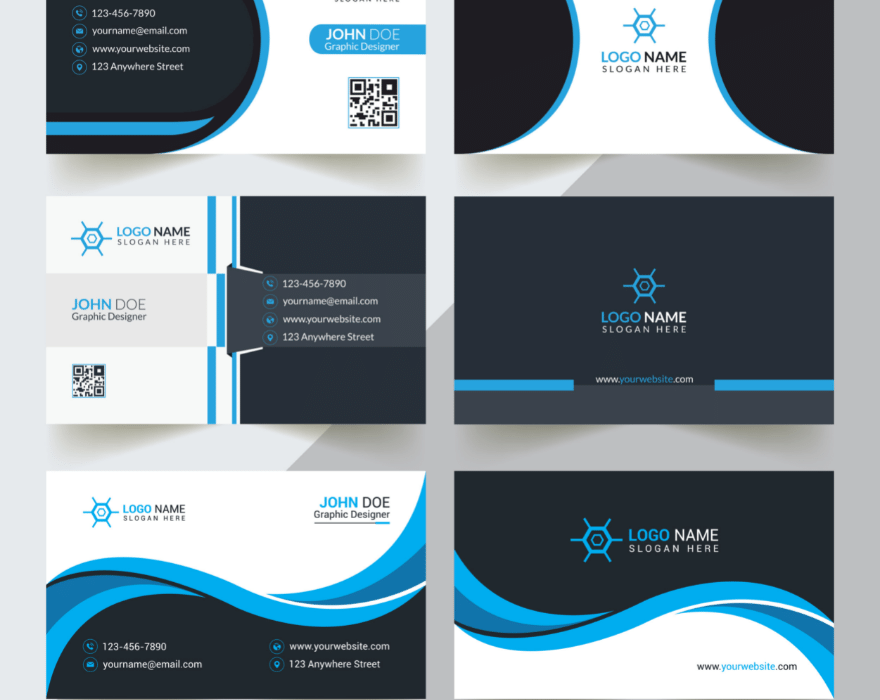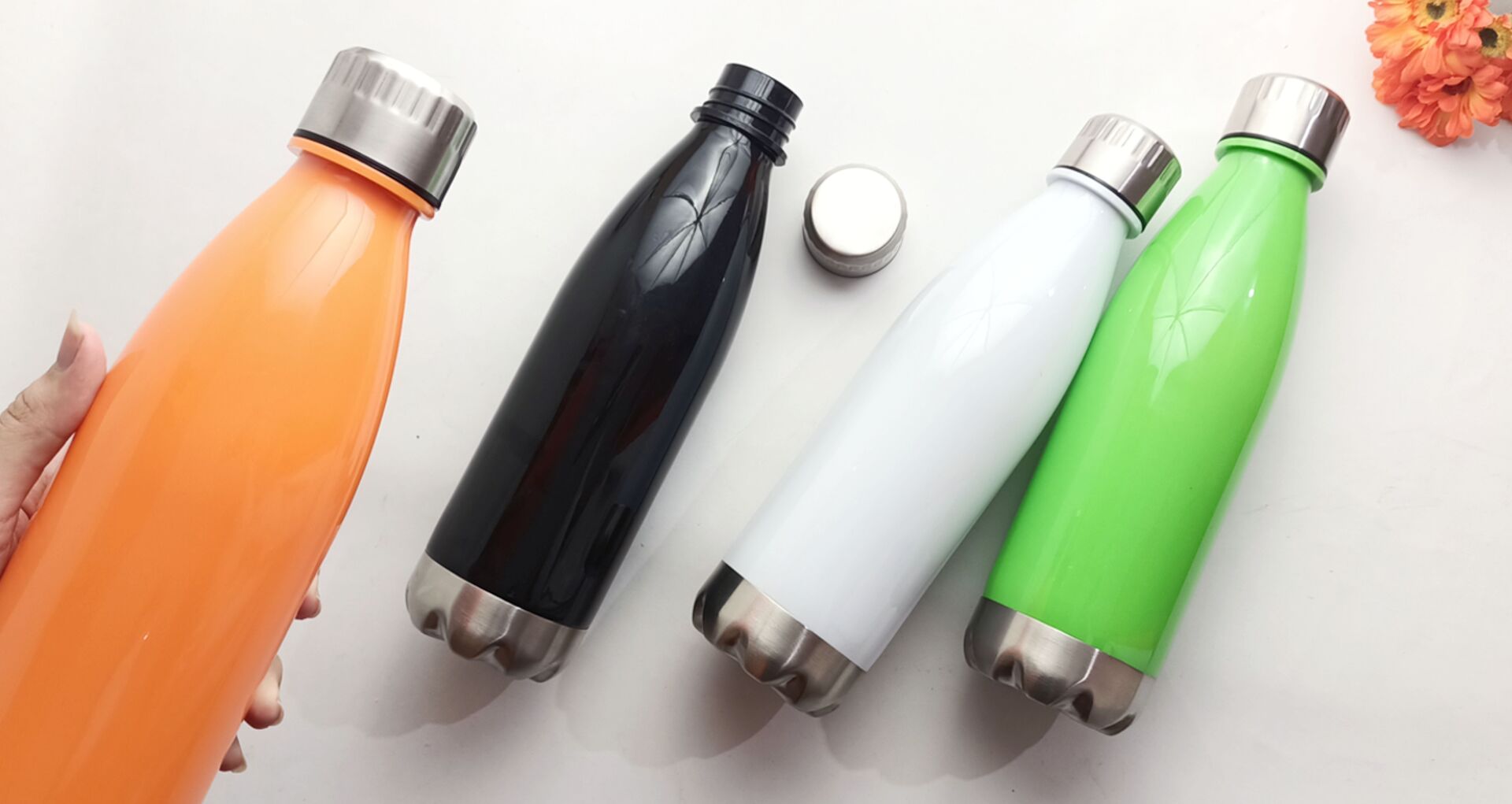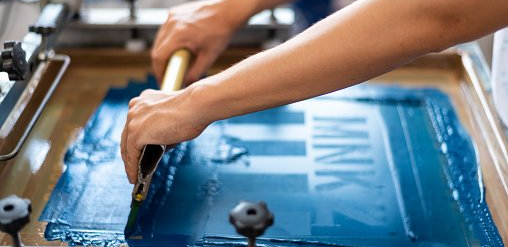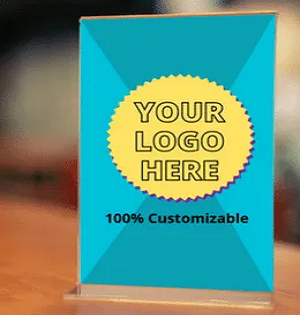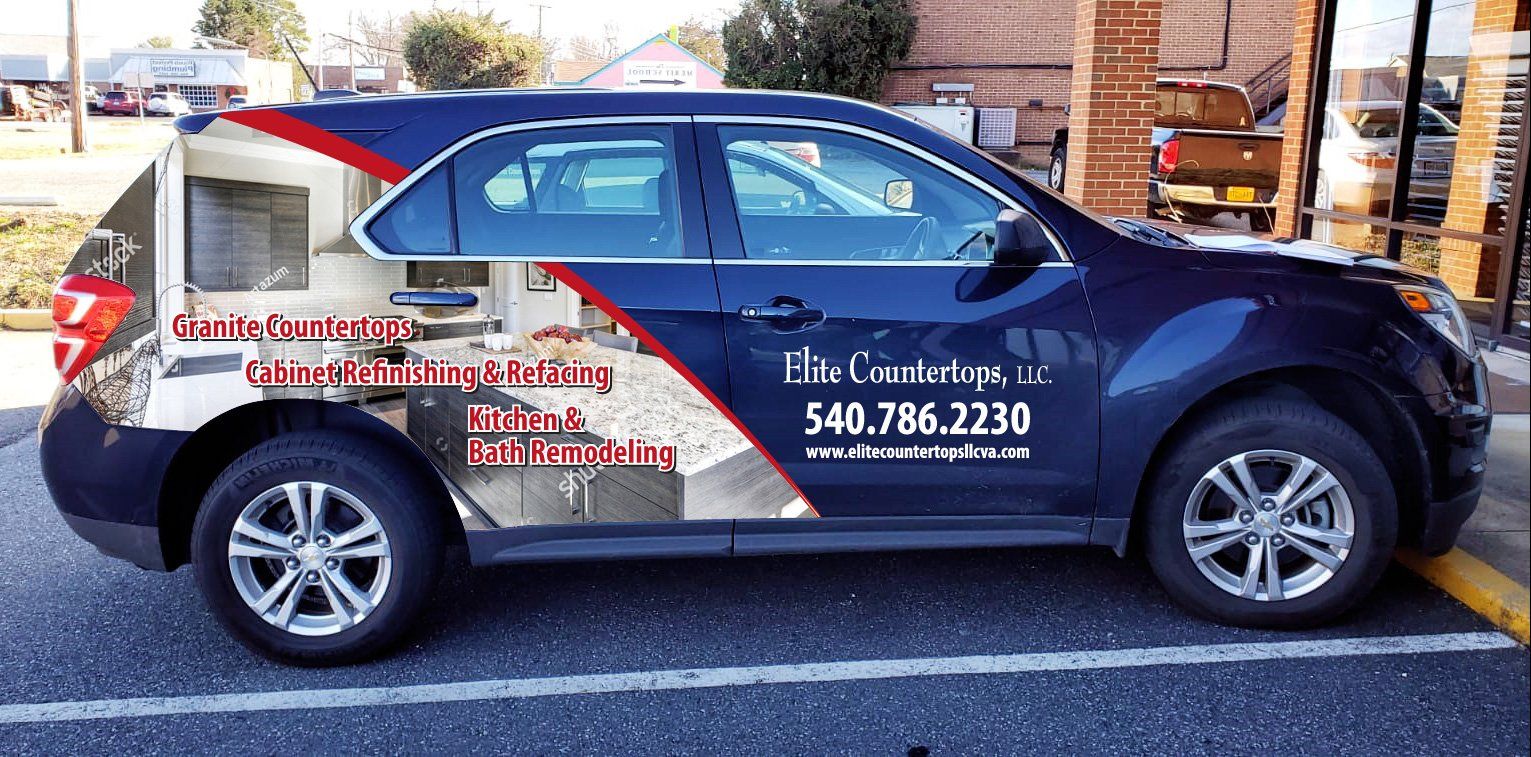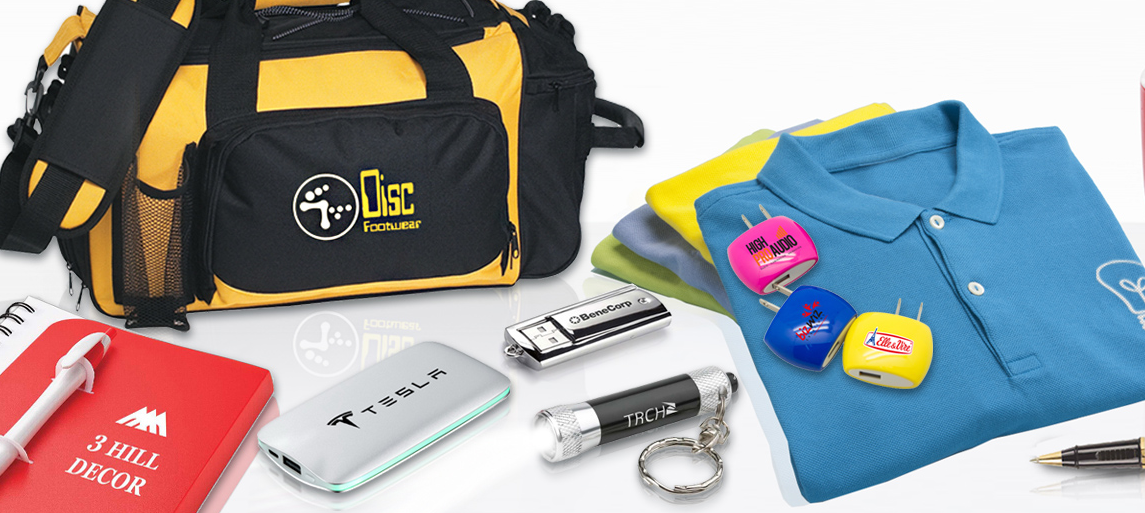What type of business cards should your business use?
Types of business cards
A lot can be said about first impressions. When you meet a client or business partner, your first impression can be influenced by the shoes you wear, your hairstyle, a firm handshake, a warm smile with bright white teeth, your clothes, and more. Similarly, a stylish business card in hand enhances your first impression, especially at business meetings and other events. You may never realize how a business card can help your firm create a positive brand image.
If your key services are well presented on a set of beautifully
designed business cards, they will attract attention that can be turned into action. If you have to make a decision, try to make the best choice and point of view. Consider using a few of these top business card designs.
The classic business card
When you don't have a unique idea for a business card, you use the generic format. The preliminary information on the card includes the name of the business and a small logo, its address, the postal ID of the person holding the card, and contact information for both the business and the person.
The Gadget Design
Modern high-end cards include professional digital printing. It looks like a small interface in the form of a piano-shaped device. As far as gadget-inspired cards, you start to give the idea a form that it can take wherever your imagination takes you.
Foil Print
This particular type of business card is characterized by being printed with foil, accentuated by the sheen of the foil, which is applied to the card using a very thin sheet of metal. Metallic wrapping for letters, fonts, and symbols makes a big difference.
The Typographic Design
Undoubtedly, all playing cards have a typographic design, but this is hardly an obstacle to developing visual effects. Perhaps you should consult a graphic designer! Cartoons, various typefaces, glyphs or symbols, diacritics, or noteworthy signals, are all components of typography.
Orientated Business Cards
An organization can choose the orientation of some business cards, which can be either horizontal or vertical. Vertical business cards are a great way to stand out and make yourself known. They are also ideal for musicians, writers, and other creative people. The problem with these business cards is that all the information is crammed into the small width of the card.
Standout business cards are those that are arranged vertically. On the contrary, horizontal business cards are considered traditional and symbolize stability, confidence, and trust. They are mainly intended for finance, real estate, and sales.
The social business card
The communication style of a social network user is often reflected in his business card. Conventional business cards do not show the usual means of communication. Facebook, Twitter, and other social media website URLs are printed on the card in a creative style. Many social media professionals have begun to follow the craze of printing QR codes on business cards. A minimalist business card can look neat and professional but still contain all the necessary information.
Profession-specific business card
Some cutting-edge businesses have business cards tailored to their specific professions, such as a car company with a car key card that both presents and looks attractive, a tailor with a business card printed in the shape of a sewing machine, or a photographer with a business card printed in camera shape. Although these cards are professional, they lack a business card's formal look and feel.
These are some exciting types of business cards. If you want a unique and attractive business card for your business, count on us; we have high-quality products and attractive designs to fulfill your need.
You can see that the logo, trademark, branding, and corporate identity are all distinctive elements of the bigger picture. Your company's activities as a business come together to shape your brand and how others see it. Knowing how to use the various branding tools at your disposal will help you develop a brand that will benefit your business and appeal to your audience, even if your brand is the result of your efforts and the experiences of your customers.



